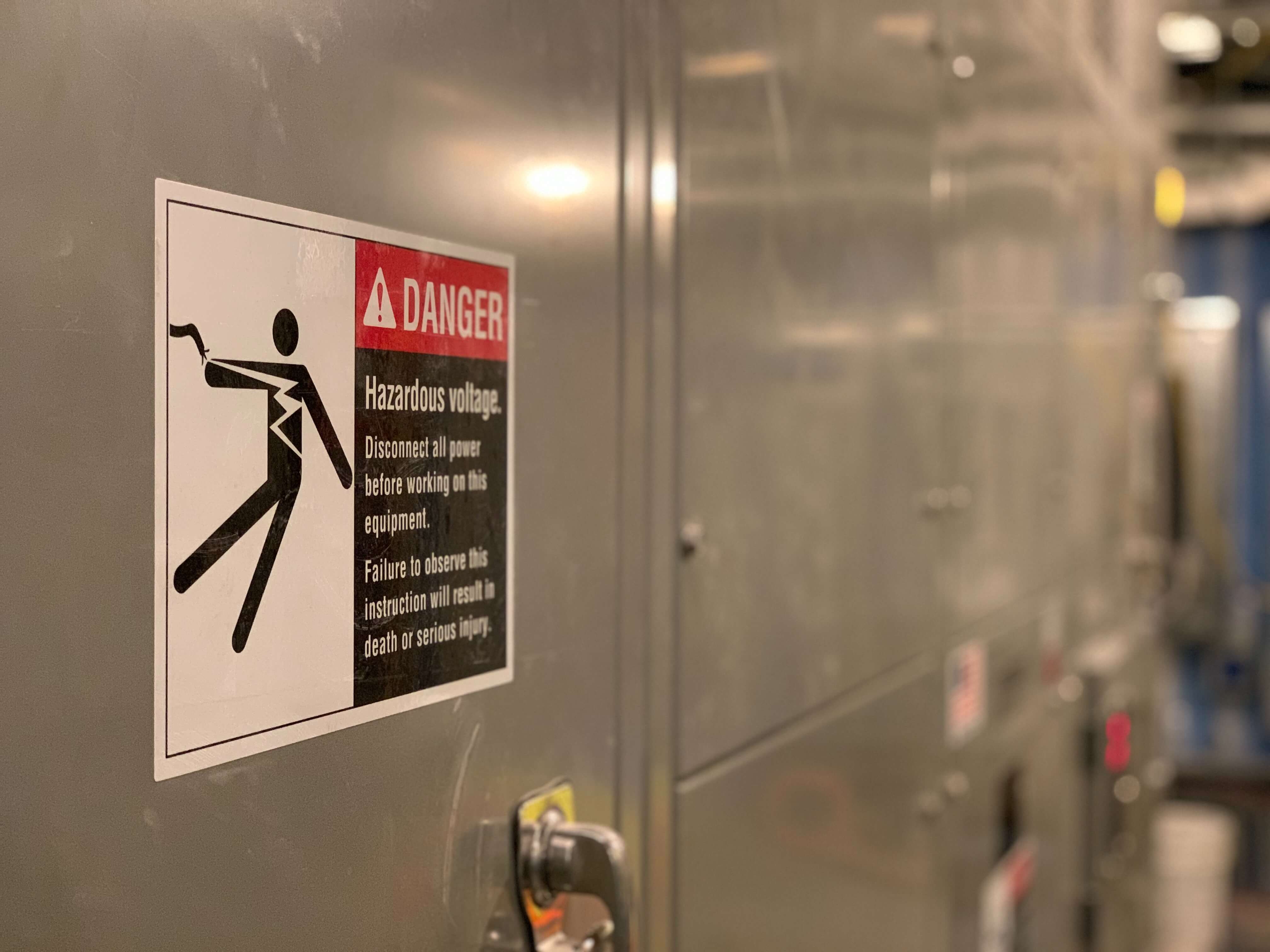In Great Britain last year almost two thirds of workplace accidents (62%) were caused by only three types of hazard: slips, trips or falls; manual handling; and struck by object. By taking practical steps to avoid these you will be going a long way to ensuring a safer workplace.
Slips, trips or falls on same level (31%)
Slips and trips are the most common cause of injury at work, and can also lead to other types of serious accidents, for example falls from height.
Practical steps:
- Stop floors becoming contaminated, fix leaks from machinery or buildings.
- Make sure that your cleaning method is effective for the type of floor you have.
- Check for loose, damaged and worn flooring and replace as needed.
- Where floors cannot be kept clean and dry, slip-resistant footwear can help prevent slip accidents.
- Consider how work is organised and managed, e.g. to avoid rushing, trailing cables.
Handling/lifting/carrying (21%)
To help prevent manual handling injuries, you should avoid such tasks as far as possible. However, where it is not possible you must look at the risks of that task and put sensible measures in place to avoid injury.
Practical steps:
- You should avoid such tasks as far as possible, consider using aids such as lifting trucks or sack barrows.
- Assess the weight to be carried and whether the worker can move the load safely or needs any help – perhaps the load can be broken down to smaller, lighter components.
- Consider how you can minimise carrying distances.
Struck by object (10%)
Being injured by a moving object (e.g. being struck by a falling object or a cut from a hand tool) accounts for over 10% of major injuries reported to HSE in 2018. A third of the injuries are caused by falling objects (e.g. an item falling from a storage rack), a quarter are from hand tools (especially hand knives) with the third highest cause being hit by moving pallet trucks etc.
Practical steps:
Falling objects
- Ensure items stored above ground level (e.g. on storage shelving) are stable and will not fall easily if disturbed. Store heavier items on or near the ground and lighter items higher up.
- Give careful consideration to methods of stacking, handling and movement of goods to prevent articles falling.
- Make sure tall self-standing objects (e.g. gas cylinders) or objects leaning against walls are either stable if knocked, or secured.
Hand tools
- Hand knives cause the greatest number of injuries and should be safely stored/sheathed when not in use.
- When hand knives are in regular use, knife resistant protective clothing should be worn as determined by the risk assessment (e.g. for butchering, an apron and forearm guard/glove for the non-knife hand).
- Hand tools should be maintained in good condition so that undue force is not required to use them.
Moving objects
- Pedestrian operated pallet trucks, racks, trolleys etc. should use designated routes away from other workers where possible. The person pushing/pulling should have good visibility.
- Risk assessment should consider what other work area specific hazards may be present (eg rolling barrels or kegs, hoist hooks, items ejected from machines).
HSE statistics show that each year, over a million workers are injured or made ill by their work in Great Britain. This can have serious effects on these individuals and their families, as well as employers, government and wider society. Begin by assessing the risks to your employees from the specific hazards in your workplace and you will see that taking small, practical steps can help you to maintain a safe working environment and avoid some of the more common pitfalls.
Expert Support
If you have any concerns regarding your organisation's health & safety, speak to a Croner expert on 01455 858 132.
Related resources
Categories
- Business Advice
- Contracts & Documentation
- Culture & Performance
- Disciplinary & Grievances
- Dismissals & Conduct
- Employee Conduct
- Employment Law
- End of Contract
- Equality & Discrimination
- Health & Safety
- Hiring & Managing
- Leave & Absence
- Managing Health & Safety
- Moving
- Occupational Health
- Pay & Benefits
- Recruitment
- Risk & Welfare



